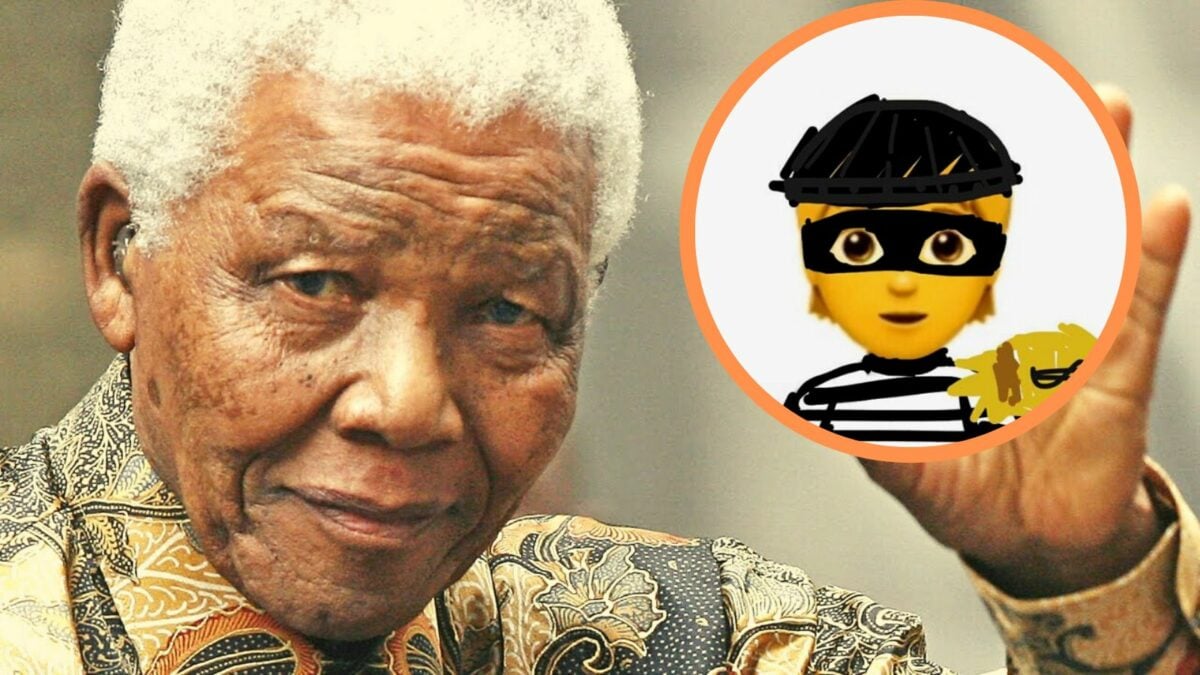The Mandela Effect has a new victim, and it is none other than the… Robber Emoji? However odd that may sound, seems like people online swear by the existence of an emoji representing a robber, with a black eye mask, a hat, and a black and white shirt – you know, like every single assailant’s work attire. However, there are currently over 3,300 emojis in the Unicode Consortium, and it seems that the emoji that so many people remembered, was never a part of the lengthy list.
Is the Robber Emoji Real?
The discussion from 2020 — which went viral when user ajleidig made a TikTok about this emoji — was brought up, yet again, by users who swear the robber emoji is present in their phone keyboards. This belief was already shut down in 2020 by the official Emojipedia account, in a tweet that read “This was never an emoji what is wrong with y’all”, the official emoji account humorously denied the existence of the burglar that everyone swears to have been around at some point in time. The tweet in question was an answer to a user who said “I swear this emoji existed”, which had attached an image of what the robber emoji allegedly looked like.
Several other users on Twitter also specifically remembered this emoji, and in which situations they used it for. One user claimed to “specifically remember using that emoji like 3 years ago in some stupid argument”, while someone else not only remembered the robber emoji, but also a flip-flop and a hiker, all of which seem to have never existed.
As experts seem to have confirmed, the robber emoji was never real. It has never existed in any keyboard emoji set, even though there have been similar counterparts, namely, the animated emoticon in Skype, the BlackBerry Messenger “emoji”, or even the ninja and superhero emojis, which both have masks on their faces. All evidence points to the lack of existence of the robber emoji, and for its possible connection to the Mandela Effect.
Is the Robber Emoji more proof of the Mandela Effect?
In 2009, the term ‘Mandela Effect’ was brought up for the first time when paranormal expert Fiona Broome mentioned the South African President Nelson Mandela’s passing in prison in the 1980s at a conference. The conference’s attendees recalled seeing the news coverage of Mandela’s death, and even his widow’s speech, but the truth of the matter is that the South African President did not die in prison in the 1980s, he did — however — pass away in his home in 2013. Later on, the expert used the term “Mandela Effect” to describe a collective shared false memory.
Over the years more and more evidence of the Mandela Effect started resurfacing. A few examples of false collective memories include the 2013 children’s book series The Berenstain Bears, whom thousands of people believed to be called ‘Berestein’ instead of ‘Berenstain’, and even the monocle in the Monopoly man – it never existed, in spite of the belief that he always had a monocle in his left eye. Some pop-culture cinematography examples also include the notorious Star Wars quote ‘Luke, I am your father’ actually being “No, I am your father”, and the existence of a 1990s Shazam movie that starred Sinbad as a genie never actually happening.
In the lengthy list of Mandela Effect evidence, it seems as though the robber emoji is just the most recent proof of the eerie and bizarre effect left on everyone’s minds.

